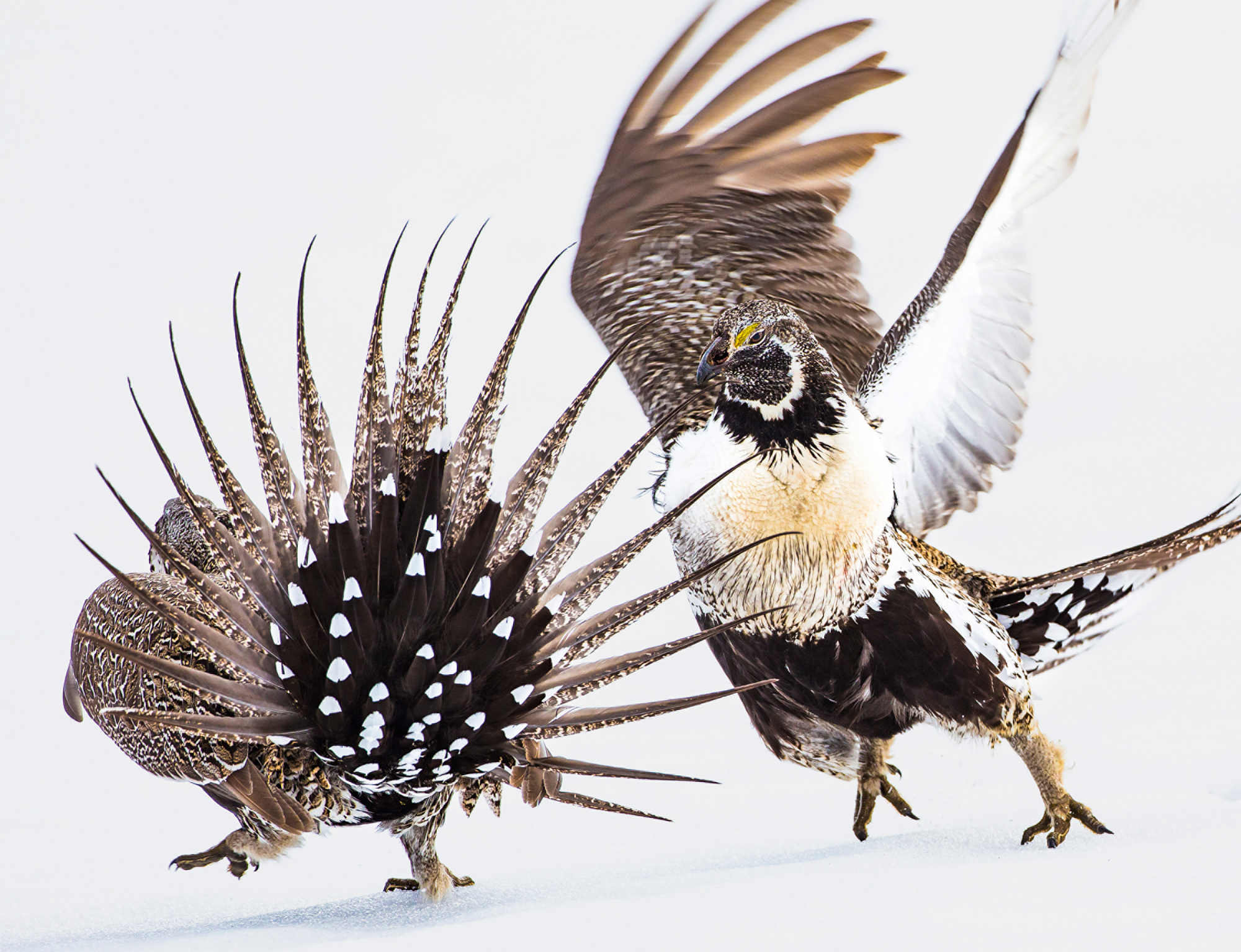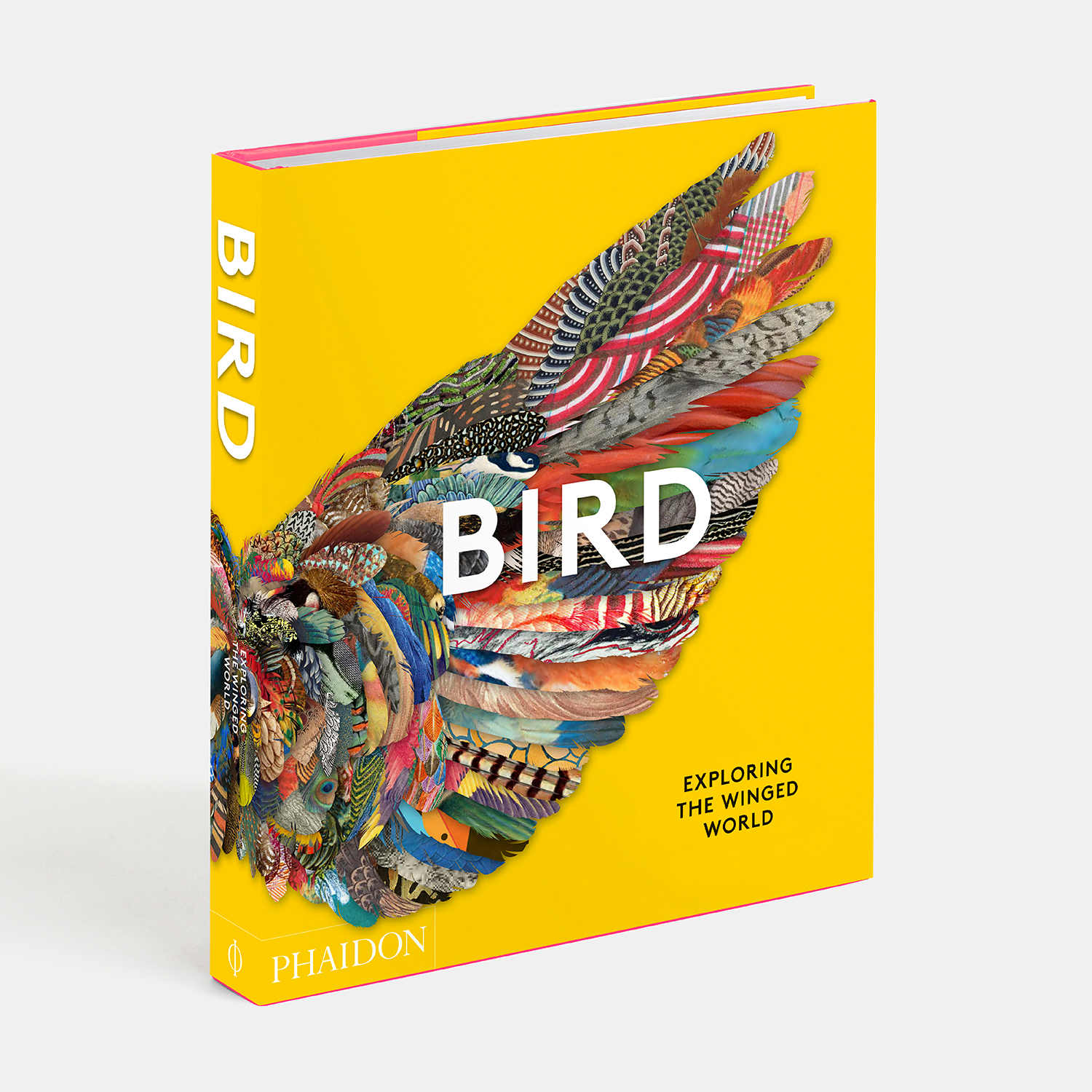
The birds that battle for mates
Our new book, Bird, shows the surprising similarities between avian and human behaviour
Our new book, Bird: Exploring the Winged World illustrates just how different the avian world is from our own. The book presents an incredible array of bird-themed images, created by botanists, advertising creatives, cartoonists, illustrators, artists and commercial photographers.
In these pages, there are details of animals very unlike our own species. The book describes birds that can run at 43mph (the common ostrich); that can fly upto 200mph (the peregrine falcon); as well as many species that migrate thousands of miles each year; that dive to great depths; and that eat all manner of inhuman food, survive in inhuman temperatures, and maintain the most strange, inhuman behaviour.
Yet, there are also aspects of certain birds’ lives that seem strangely similar to our own. Consider these male grouse, caught on camera by the American wildlife photographer Elizabeth Boehm. Their mating behaviour – part fight, part dance, part musical performance, part fashion show – certainly brings aspects of our own species to mind.
“These adult male greater sage-grouse (Centrocercus urophasianus) are competing for mating rights on compacted spring snowpack in Pinedale, Wyoming,” explains our book. “Greater sage-grouse, like a handful of other birds, select mates by using a lekking system, whereby a group of males parade, dance and strut around an open amphitheatre, hoping to impress a critical female audience enough to be selected.
“In these ground-based displays the males attempt to attract the attention of females not only with their striking back and chest plumage and spectacular, angular tail feathers, but also by inflating huge, yellowish air sacs on their breasts. The remarkable popping sound they make by bouncing and releasing the air in these sacs can carry over 3 km (1.9 miles).

Leks demand complex interactions between individuals, and the males fiercely guard their personal position, which is based upon a hierarchy of dominance. Alpha males strut proudly in the centre of the arena and only a small number of dominant males will eventually breed. Greater sage-grouse hens may visit the lek daily for a month before selecting a mate.
“With stakes this high, contestants jostling side-by-side may fight for dominance between dances, as these two are, throwing powerful blows of their wings against one another.”
To see how these two grouse fit in alongside a wide range of avian depictions, from the Twitter logo and the Guinness Toucan, through to Picasso’s dove of peace, and the Thanksgiving Turkey among many more, order a copy of Bird here.